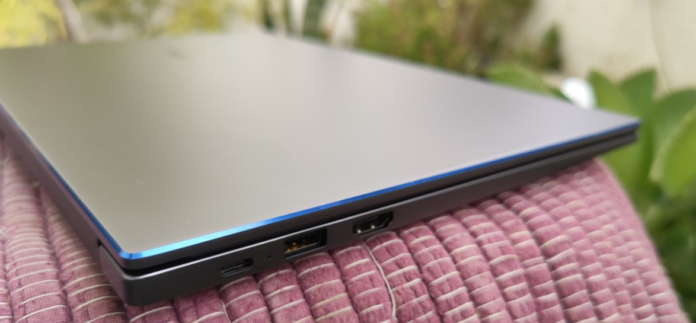On average, over 50% of the battery power of your laptop is consumed by the CPU. In an effort to combat this problem and make efficient laptop computers, manufacturers are incorporating new cooling methods into the overall design. Honor is taking up this challenge by creating a heat dissipation system that ensures each and every watt is used wisely.
One of the most critical aspects in electronic gadgets such as the laptop intel i7 is their ability to effectively dissipate heat. It’s a measure that has to be made if you want your device to be up and running for as long as possible, while protecting it from getting damaged due to overheating. This is especially important when talking about processors, graphics cards and other silicon chips, which generate more heat than other components and can fry themselves if they aren’t cooled properly.
Heatsink Design and Thermal Performance of Honor MagicBook
The Honor MagicBook laptop intel i7 is a high-performance ultrabook that carries a powerful processor and graphics processor (GPU). These processors generate significant levels of heat while they are in use, and it is the job of the heat sink in the MagicBook to draw this heat away from the processor and transport it out of the laptop.
Read ahead to learn of how Honor engineers designed the heat sink in the Honor MagicBook to dissipate heat efficiently, keeping the laptop cool for maximum performance.
The first thing to understand about heat dissipation is that its effectiveness decreases as temperature increases. This means you must design your heat sink with sufficient cooling power to keep the temperature of all components cool enough so that their heat dissipation capability does not decrease over time.
If you look at the MagicBook’s heating issues, you can see that there are two main components: CPU and GPU. The motherboard has a thermal pad attached to it which provides thermal conduction between these two components and their respective sinks. The size of this thermal pad determines how much heat can be transferred from each component into its own heatsink.
For instance if a typical notebook PC is designed to dissipate 5W to 15W, with a few extreme cases of up to 25W. The heat dissipation is achieved by means of a heat sink with multiple fins that is usually located at the rear of a notebook PC. A heat sink with multiple fins can dissipate more heat than one with few fins, but it increases the weight and cost of the device.
Best Ways to Overheat Your Laptop
Overheating is one of the most common problems with laptops, usually caused by poorly designed cooling systems that allow the components to get too hot. Overheating can not only damage your laptop, but also decrease its lifespan and performance. Here are 7 ways you can overheat your laptop:
1. Use your laptop on a soft surface such as a bed, couch or pillow. This can block vents, preventing airflow and causing overheating.
2. Use your laptop in direct sunlight. The sun’s rays can heat up your laptop’s internal components.
3. Use your laptop in warm environments. Laptops are designed to work best in cooler environments with proper ventilation.
4. Keep your laptop turned on all the time without letting it sleep or hibernate when not in use for long periods.
5. Play games or watch videos for long periods without taking breaks to let the laptop cool down.
6. Run multiple programs at once, especially CPU-intensive programs like photo and video editing software, which can cause your processor to run at a high speed for prolonged periods.
7. Let dust build up inside the computer by not cleaning it regularly (at least once every few months). Dust blocks airflow, and as it piles by the vents/fins it eventually affects the general heat dissipation ability of the machine.
Get yours today, and see how long it will last with efficient maintenance without tampering with its heat dissipation ability.









